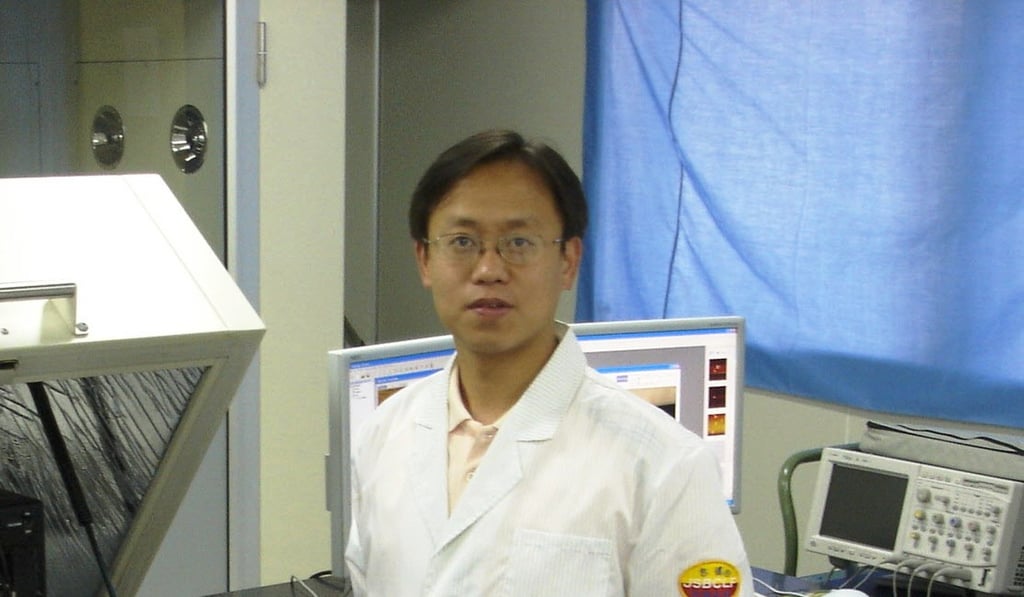Q&A: Jiao Niandong on turning tiny, living things into tiny, perfect robots
Chinese scientist’s team breakthrough in making green algae circle a dot of light could aid the effort to control bacteria, red blood cells and tumour cells

Jiao Niandong works with creatures visible only through a microscope. His building blocks at Shenyang's Institute of Automation are green algae that one day may assemble new materials, treat water pollution or fight cancer
Your research paper on the algae experiment was recently the cover article in the scientific journal Lab on a Chip published by Britain’s Royal Society of Chemistry and is drawing attention. What can you tell us about the experiment?
We found a way to control algae’s movement in water. We built a device to demonstrate its feasibility. The device has a sandwich structure, with the top and bottom layers being glasses coated by light-sensitive films, and the middle a cell platform containing living colonies of algae in fluid.

We directed light beams on the films. The films converted the energy of photons (particles of light) to electricity, and the electric fields generated a hydraulic force in the water of the cell platform. We used the hydraulic force to confine, direct and manipulate movement of algae cells. They took orders from humans and behaved well as microrobots.
This is the first time that live algae cells have been trapped and formed into a micrometre-sized motor array. Why algae?